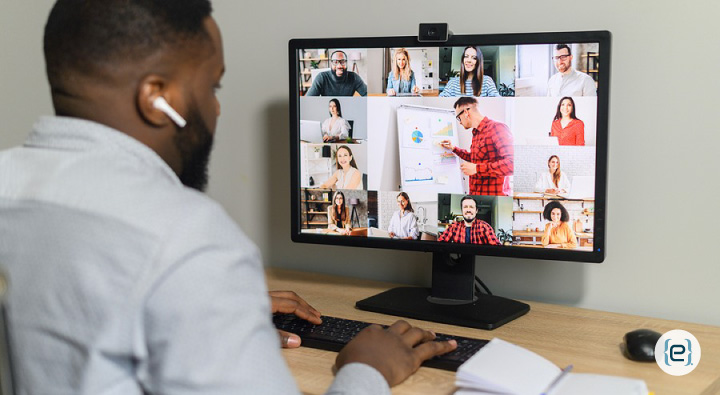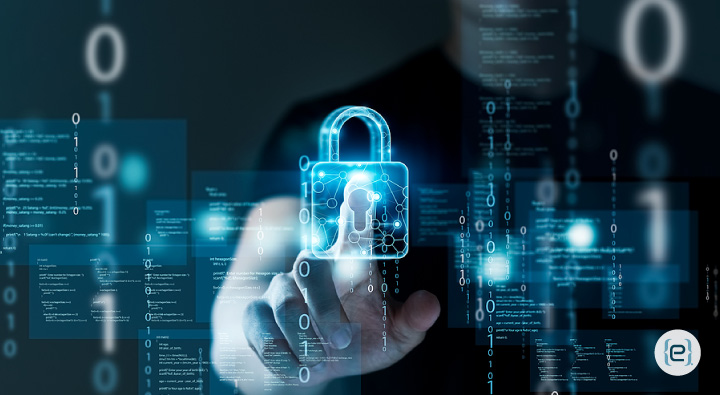In the wake of a global shift toward remote work, many organizations benefit from the ability to hire critical expertise, regardless of location. This can prove particularly advantageous when filling pivotal positions such as a CIO. Building an IT framework with a remote CIO presents unique advantages, but also some challenges.
For example, hiring a remote CIO allows companies to tap into a global talent pool. As technology advances at a rapid pace, it can prove difficult to find the necessary expertise close to home, particularly in more rural areas. By widening the hiring net, the organization can gain access to the specific skills and perspectives necessary.
However, working with a remote CIO does present some difficulties. Without face-to-face interaction, communication can present a challenge, leading to misunderstandings or delays. Additionally, remote work complicates cyber security as the CIO and other remote workers access sensitive systems and data from various locations and networks.
By adopting cloud technologies, including modern collaboration and project management tools, and by strengthening cyber security, companies reduce the risks involved with remote work.
Leverage Cloud Technologies
The cloud makes remote work feasible, delivering the necessary flexibility and scalability. Remote employees can easily and securely access essential resources from anywhere. And cloud technologies such as Microsoft Azure provide the framework for seamless collaboration across distance.
For the CIO and other key IT personnel, remote monitoring and management (RMM) tools provide the ability to monitor endpoints, troubleshoot issues, and deploy patches remotely. These tools also provide analytics on network usage, application performance, and user activity. This helps to ensure optimal performance and allows staff to identify potential issues early.
Establish Clear Communication Protocols
Effective communication plays an essential role in any successful business relationship, but particularly when managing a team from afar. Tools such as Microsoft Teams facilitate regular video conferencing, instant messaging, and real-time, collaborative document editing. These help to bridge the physical gap between the remote CIO and the IT team.

For instance, a mix of formal scheduled meetings and informal chats allow the CIO to stay updated on the team’s progress and address any issues promptly. Prioritize user-friendly collaboration tools that integrate seamlessly with existing systems.
Utilize Project Management Tools
In addition to remote communication tools, project management tools will also play a key role in building an IT framework in a remote environment. A project management solution such as Asana or Microsoft Project will play a crucial role in helping the CIO monitor progress and ensure that everyone remains aligned and accountable.
The CIO can also streamline IT management with automated workflows in Microsoft 365, thus improving efficiency and simplifying oversight. For instance, the team can create automated workflows for provisioning new users, applying software updates, and managing incidents.
Implement Robust Cyber Security Measures
With a remote workforce, including a remote CIO, security becomes even more important. In particular, the CIO will need to access critical systems to ensure IT framework runs smoothly. Some essential best practices for securing a remote workforce include the following:
- Access management – Use the principle of least privilege, in which users and services are granted the minimum amount of access they need. Also implement privileged access management to gain visibility into privileged accounts, such as the CIO, that hackers may target.
- Encryption – Standard encryption from the cloud provider may not prove sufficient in all cases. Consider adding additional encryption for highly sensitive data and data shared outside the organization. Take the time to configure encryption controls and policies as needed.

- Endpoint security – Look for an endpoint security solution that includes next-generation antivirus and anti-malware protection, endpoint detection and response (EDR), encryption, and firewall protection. Additionally, prioritize a zero-trust security model.
- Automated threat detection and monitoring – Automated, continuous monitoring allows the organization to respond to threats much earlier. For example, security information and event monitoring (SIEM) solutions utilize AI and machine learning to continuously gather and analyze log data from devices and applications throughout the network.
Partnerships Critical When Building an IT Framework with a Remote CIO
eMazzanti Technologies offers a full menu of services to support you as you build and maintain your IT framework. These services include everything from cloud migrations to network management and comprehensive cyber security solutions. We even offer virtual CIO services to deliver strategic IT expertise at a reduced cost.







